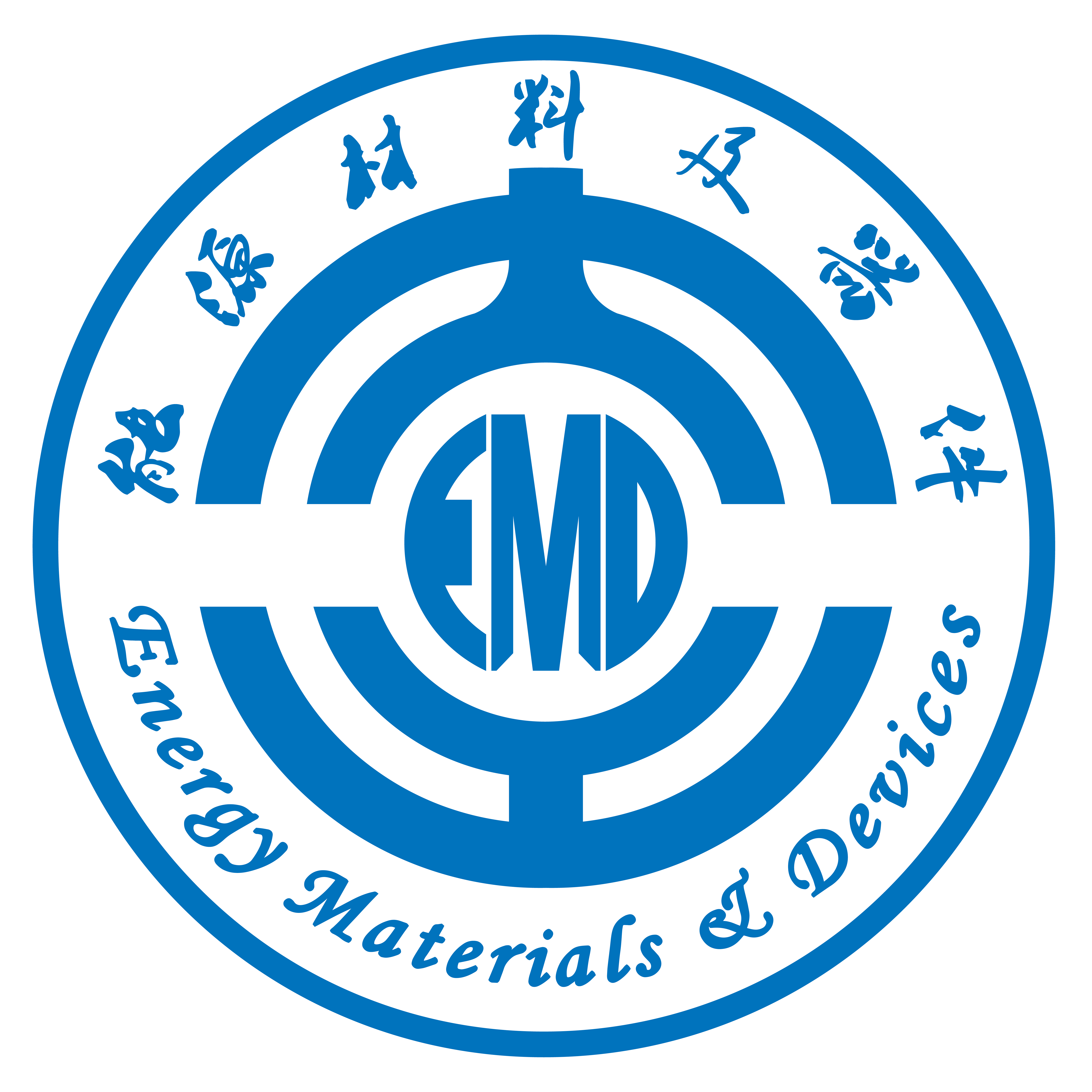Abstract: NiS2 has become a research hotspot of anode materials for Na-ion batteries due to its high theoretical specific capacity. However, the volume effect, the dissolution of polysulfide intermediates and the low conductivity during the charge/discharge process lead to the low specific capacity and poor cycling stability. NiS2/rGO nanocomposite was prepared by a facile two-step process: GO was prepared by modified Hummers method, and then NiS2/rGO nanocomposite was synthesized by l-cys assisted hydrothermal method. NiS2/rGO nanocomposite shows excellent cycle performance and rate performance, which could be attributed to the mesoporous structure on the graphene skeleton with high conductivity. Besides, the chemical constraint of a unique S-O bond on NiS2 could inhibit the dissolution of intermediates and the loss of irreversible capacity.
https://doi.org/10.1016/j.cclet.2020.02.042

